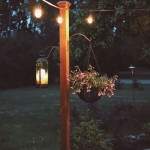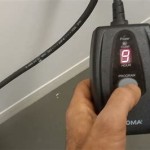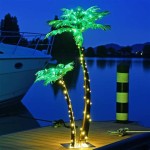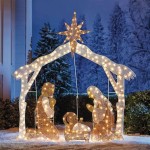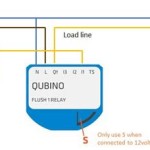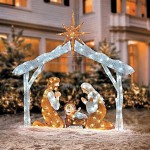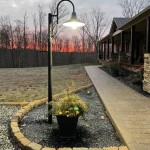Photography Lighting Equipment For Outdoor Events
Outdoor events present a unique challenge for photographers. Unlike studio settings where lighting is meticulously controlled, outdoor events require adaptability to fluctuating natural light and often unpredictable environmental conditions. Effectively capturing these events requires understanding the various lighting equipment available and choosing the right tools for the job. This article explores key lighting equipment categories, highlighting the strengths and considerations for each, providing photographers with a comprehensive guide for illuminating outdoor events.
Natural Light Utilization
Harnessing natural light is often the first step in lighting outdoor events. It offers a free and readily available source. However, it's essential to understand its limitations and leverage it strategically. The golden hour, the period shortly after sunrise and before sunset, provides warm, soft lighting ideal for portraits and romantic settings. The midday sun, though harsh, can be diffused using reflectors or diffusers. For events spanning various times of day, photographers must consider the ever-changing light quality and adjust their settings accordingly. Utilizing natural light requires awareness of shadows, angles, and the direction of the sun, allowing for optimal composition and exposure.
Portable Lighting Systems
When natural light proves insufficient or undesirable, portable lighting systems become essential. These compact and versatile systems offer flexibility and control over lighting conditions. Portable lighting systems commonly employ LED technology, known for its energy efficiency, long lifespan, and color accuracy.
Key components within these systems include:
- Strobe Lights: These powerful flashes offer high-speed bursts of light, freezing fast-moving subjects and creating dramatic effects. They are particularly valuable for capturing action shots, sporting events, or performances with dynamic movement.
- Continuous Lights: Unlike strobes, continuous lights provide a constant stream of light, allowing photographers to see the effects in real-time for precise adjustments. They are ideal for video recording, interviews, and situations requiring a steady light source.
- Flash Modifiers: These accessories, such as softboxes, umbrellas, and grids, shape and soften the light from strobes or continuous lights, controlling light direction and intensity for desired aesthetic effects.
Choosing the right portable lighting system depends on event specifics. For smaller gatherings, a single strobe with a softbox might suffice, while larger events may require multiple lights and strategically placed stands for widespread coverage.
Background Lighting
Outdoor events often occur against diverse backgrounds. Effectively using background lighting sets the scene, emphasizes the subject, and enhances the overall impact of the photographs.
Several approaches are employed in background lighting:
- Hair Lights: Positioned behind and above the subject, hair lights create a halo effect, especially noticeable on dark hair, separating the subject from the background and adding depth to the image. They can also be used to highlight specific details or textures.
- Rim Lights: These lights are placed to the side and behind the subject, creating a subtle outline or rim of light around the edges. They enhance the subject's form, creating separation and adding visual interest.
- Background Fill Lights: Strategic placement of lights behind the subject can illuminate the background, adding texture, depth, and visual appeal. This technique is especially useful in situations where the backdrop is dark or needs a boost in brightness.
Experimenting with different background lighting approaches ensures that the chosen lighting complements the event's environment and contributes to the overall visual storytelling of the photographs.
Power Sources
Portable lighting equipment necessitates reliable power sources. Outdoor events often lack convenient access to standard wall outlets, demanding alternative solutions.
Common power sources used for outdoor photography include:
- Batteries: Rechargeable batteries provide portable power for lights with limited output requirements, offering flexibility and convenience. However, they have limited power capacity, requiring careful management and consideration for event duration.
- Generators: These powerful machines deliver reliable electricity for high-power lighting systems, suitable for large-scale events. However, they introduce noise and require careful placement to avoid disrupting the event.
- Solar Panels: Environmentally friendly solar panels offer sustainable energy for outdoor lighting. They are ideal for events with extended daylight hours and can be a practical choice for eco-conscious photographers.
Choosing the appropriate power source depends on the specific needs of the event, balancing power requirements, portability, noise levels, and environmental considerations.

Lighting For Outdoor Photo And B H Explora

Strategic Uses For Outdoor Lighting A Great Event

Portable Lighting Kits For Wedding And Event Photography B H Explora

Portable Lighting Kits For Wedding And Event Photography B H Explora

20 Types Of Light For Your Next Event One Way Ions

7 Best Photography Lighting Kits In 2024 Pro Beginner

8 Invaluable Tools For Outdoor Photographers On A Sunny Day B H Explora

Lighting For Outdoor Photo And B H Explora

Strategic Uses For Outdoor Lighting A Great Event

Outdoor Event Lighting Al Las Vegas Extreme Grip
